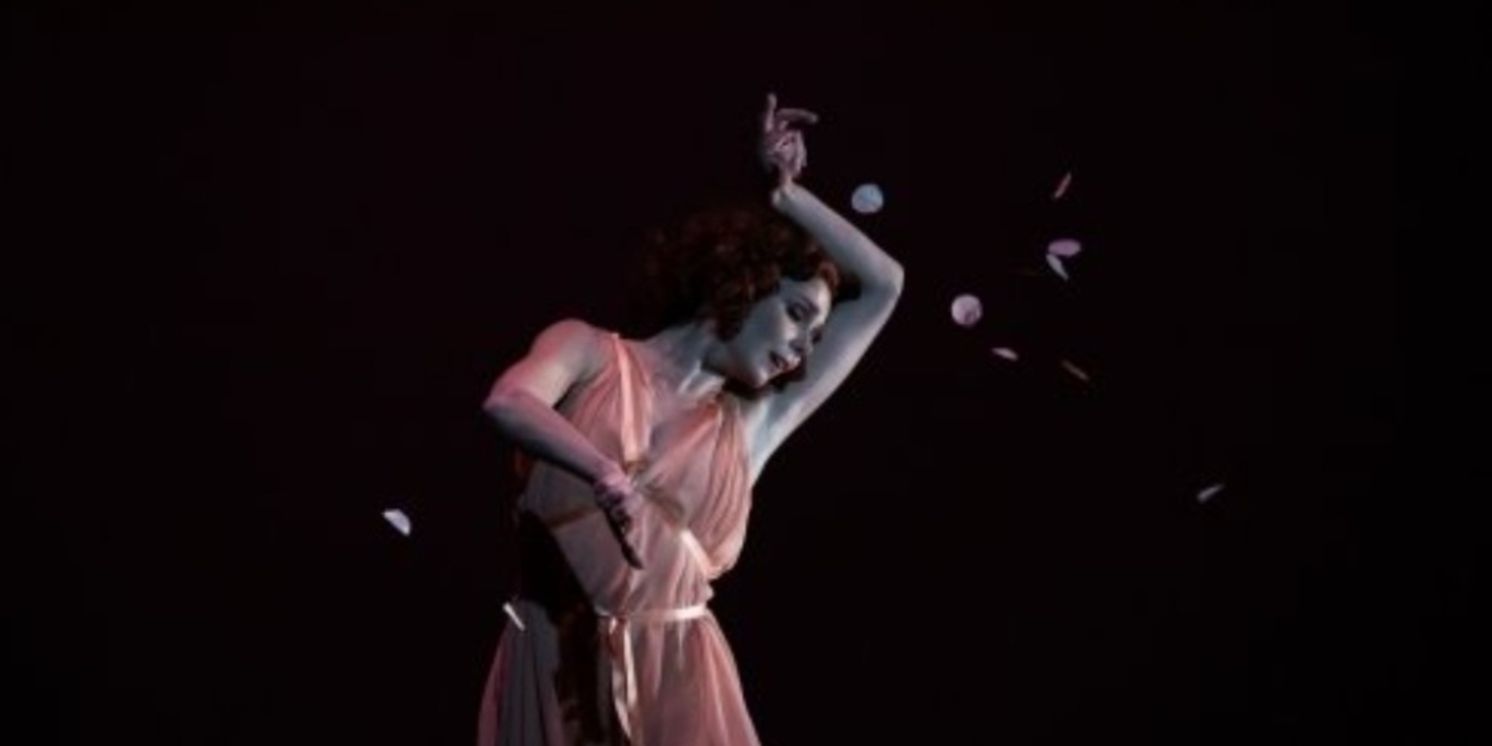Review: ASHTON CELEBRATED - PROGRAMME 2, Royal Opera House
A collection of short works to keep tantalising even the most hardcore of Ashton fans

![]()
We're back for more Ashton, with a variation on the initial Royal Ballet programme. The Dream and Rhapsody remain, and are now joined by a collection of short works to keep tantalising even the most hardcore of Ashton fans.
The Dream returns with debuts for Lauren Cuthbertson as Titania, and Vadim Muntagirov as Oberon, making one wonder why we've had to wait so long for such an event? But the suffering was absolutely worth it, as there's something about experienced dancers bringing their understanding to roles that makes the realisation even richer than imagined.
Cuthbertson's Titania is many things; regal, thoughtful, predatory and sensual. Her dancing communicates much of Ashton's intention, both dramatically and through form. And in the final pas de deux with Oberon her sensual shivers actually punctured the proscenium and could be felt at the back of the house. An unforgettable debut.
Muntagirov continues to be a dark horse of an artist, who demands his audience to work as they observe him. Nothing is obvious in his dramatisation, and the depth within his Oberon journey is surely just beginning. Physically he brings wondrous use of plié to his phrasing, increasing the juxtaposition of choreographic levels, and his Scherzo manège is an absolute feast of a whirlwind. Exciting stuff.
Liam Boswell as Puck brims with character, has intoxicating upper body shaping, but I wonder if the overall interpretation needs a little more light and shade analysis. And Thomas Whitehead as Bottom is both energised and percussive on his pointe hooves. It was another eventful visit to the forest, increasing one's desire to return sooner rather than later.
The short works are a mixed bunch, but educational regardless, with the two pas de deux highlighting Ashton's range as a dance maker, specifically his dramatic and expressionist capabilities.
The Walk to the Paradise Garden (1972) was extremely well danced by Macarena Gimenez and Ricardo Graziano of the Sarasota Ballet, and shows how Ashton can develop from intimacy to bravado without any apparent issue. Some of the bigger lifts even feel reminiscent of Spartacus (1956), but at no point communicate as unnecessary.
Hamlet and Ophelia (1977) was also beautifully realised by Francesca Hayward and William Bracewell, but is a somewhat weaker work. The solo moments for Hamlet are indeed interesting in their dramatic abandon and storytelling skill, but the pas de deux interludes with Ophelia feel one dimensional in the manhandling of her. I'm not sure this one needs to return next season.
The short works section actually starts with Five Brahms Waltzes in the manner of Isadora Duncan (1976), but I've waited to gush about it. This kind of moment rarely happens at the theatre; when an artist transcends a work, or rather the work enables them to do so. With Natalia Osipova in the role, the piece becomes less about Duncan, or Lynn Seymour who the work was created on, or Osipova for that matter, and all the more about what it means to be a dancer. To think, express, communicate, be. The work has always been a masterpiece in my opinion, but last night it took on a whole new level of naturalism. Bewitching.
Rhapsody closes the evening as before, but with a different cast of debuting principals; Sae Maeda and Daichi Ikarashi. Rhapsody is an important work, as it's hard to do well, so the challenge is ongoing. At the moment Rachmaninov is the clear winner, yet one must appreciate the valiant effort elsewhere. The new cast of 12 soloists were less together than the previous evening's, but one can only improve with opportunity.
Ikarashi is still a First Artist, and debuting/performing both Puck and the lead in Rhapsody in a 26 hour period is no mean feat. He's got a very secure technique and a boyish sophistication, so let's see what the future holds. Maeda started to play and contemplate risk in the latter half of the ballet, but previous to this her work lacks flow and articulation of the lower leg. Dance needs new artists, and repertoire; different interpretations in order to survive, but neither show of Rhapsody I saw had the desired effect. The work is far from poor, yet isn't lingering in the mind for long post-show. Food for thought.
Ashton Celebrated, Programme 2 runs until June 22
Photo credit: Julieta Cervantes
Reader Reviews
Videos

